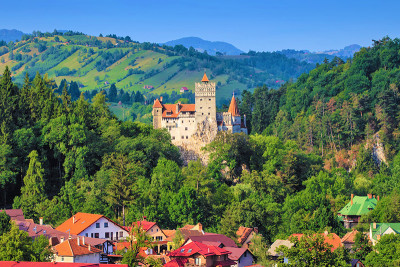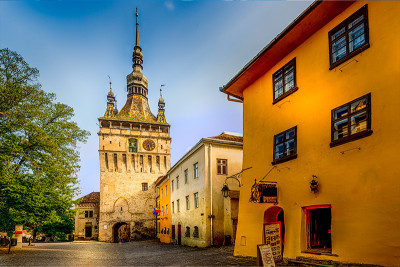Romania has a lot of charm, and one of the really neat things about the country is the number of medieval cities throughout the country. Visiting these cities really takes you back in time and allows you to have a taste of what life was like hundreds of years ago. Not only that, but these cities contain so much history and culture for you to learn about. Read below to find out about some of our favorite medieval cities.
1. Timisoara
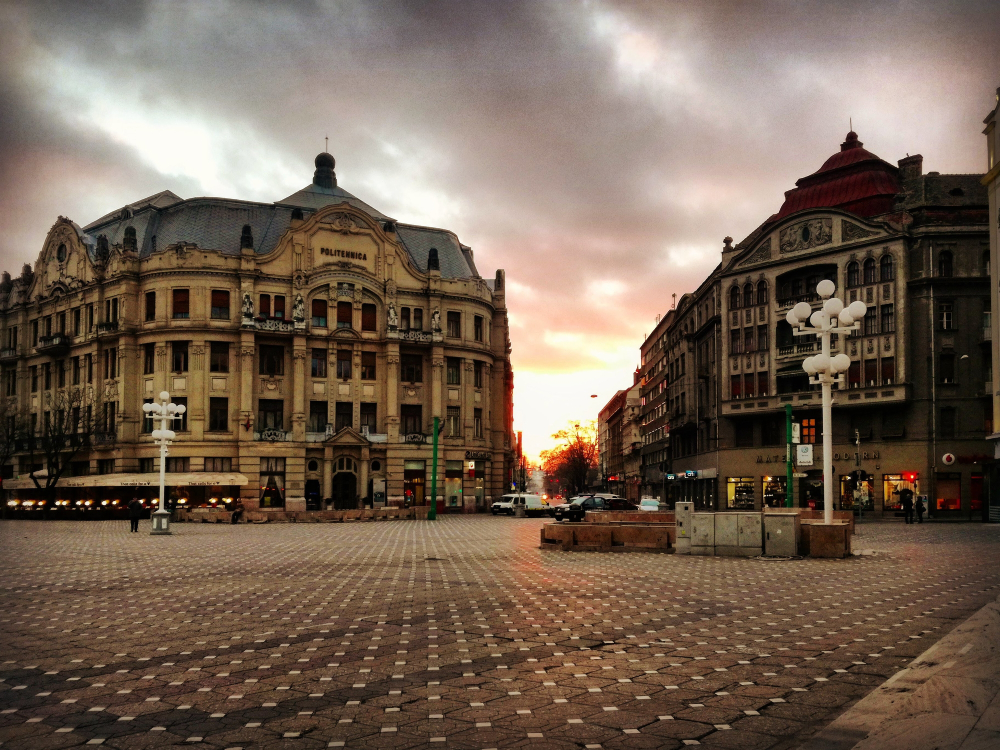
Timisoara is a charming metropolitan city that has been nicknamed “Little Vienna” and “the City of Flowers.” It is considered to be the informal capital of the historical region of Banat and is the third most populous city of Romania. With over half a million people in the metro area of Timisoara, there are more than 50,000 students from over 50 different countries, so this city really has a lot of culture. This city is also considered to be the symbol of Romania’s democracy and has plenty to do, including participating im the vibrant nightlife.
2. Cluj Napoca
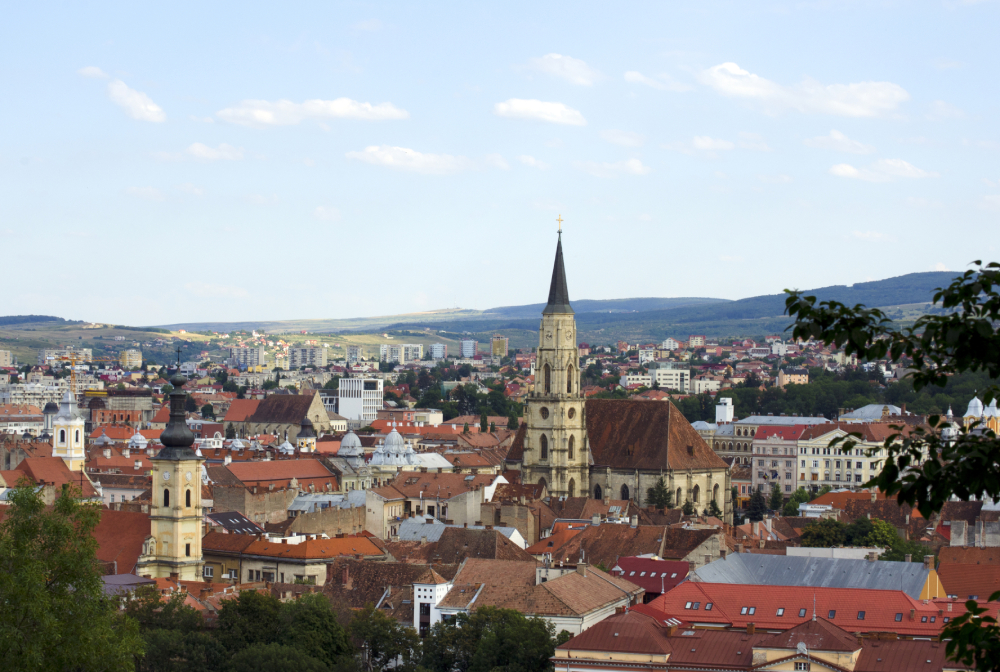
This city is located in western Transylvania and is considered the unofficial capital of Transylvania. It is the second biggest city in Romania and is sometimes known as simply “Cluj.” It is truly the heart of the historical region of Transylvania and is one of the most exciting cities to visit in the region!
More than just the regular excitement, there is so much history in this city. Archeological evidence has been found in the city that dates all the way back to the 2nd century, during the times of the Dacian people. The main square of the city contains the St. Michael’s Church, built back in the 1400s, and is one of the finest expressions of Gothic architecture in all of Romania.
Also, in the square is Banffy Palace, which was built in the 1700s in baroque style. Finally, the square also has the Art Museum, which has a gorgeous display of weaponry and paintings from Romanian artists. If you want an even deeper understanding of medieval life in Cluj Napoca, you can visit the Ethnographic Museum of Transylvania.
This museum first opened in 1922 (so we are almost at the 100 year anniversary!) and is one of the first of its kind in Romania. It has over 50,000 items on display, portraying all walks of life throughout history in Romania. Its nickname is “The Treasure City” and this is definitely a spot where you will be able to learn a lot!
3. Sibiu
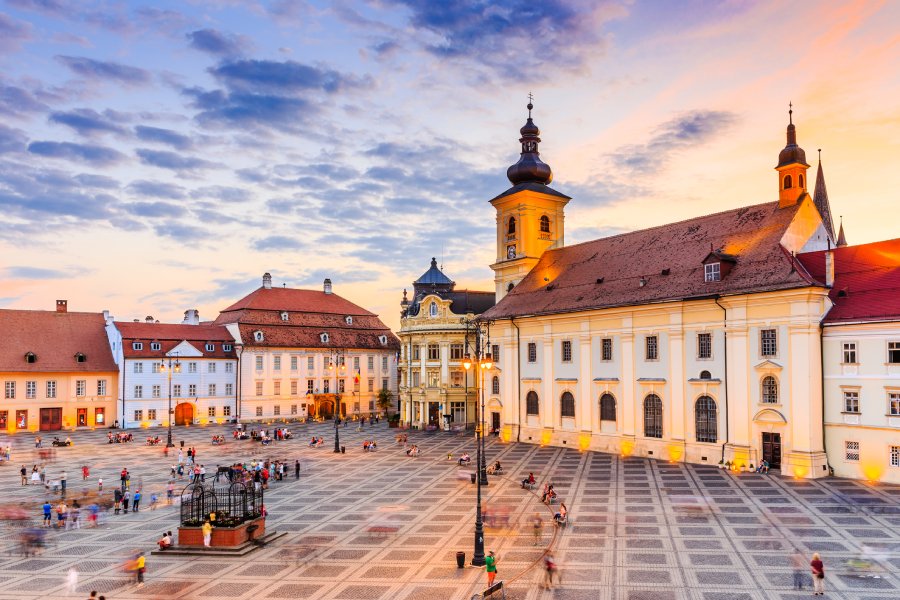
Sibiu is another absolutely stunning city with plenty of medieval history. In fact, in 2007, Sibiu was named European Capital of Culture of the year. The houses are a beautiful array of colors and the streets are lined with cobblestones. What is also wonderful about the location is that you can stay in Sibiu at night, the bigger city in the area, and travel to other nearby villages during the day – there are so many small villages the encircle Sibiu that are easy to drive to.
4. Brasov
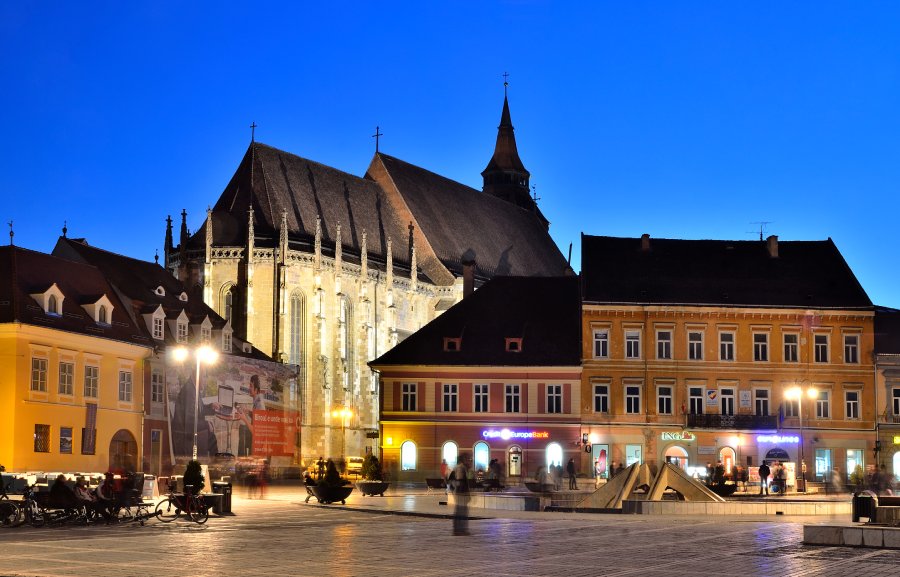
If you want to walk down the streets of a city and be surrounded by beautiful, medieval architecture, then Brasov is your place! It is enclosed by the Carpathian Mountains and its buildings have plenty of gothic, renaissance, and baroque influences.
Some of the best and oldest attractions in Brasov are the Council Square, the Black Church (which is the biggest Gothic church east of Vienna – it is called the “Black Church” because of a fire that nearly destroyed the entire church back in the 1600s), the St Nicholas Church, and the Brasov Fortress. The city of Brasov is also very easy to get to, as it is only three hours north of Bucharest.
5. Sebes
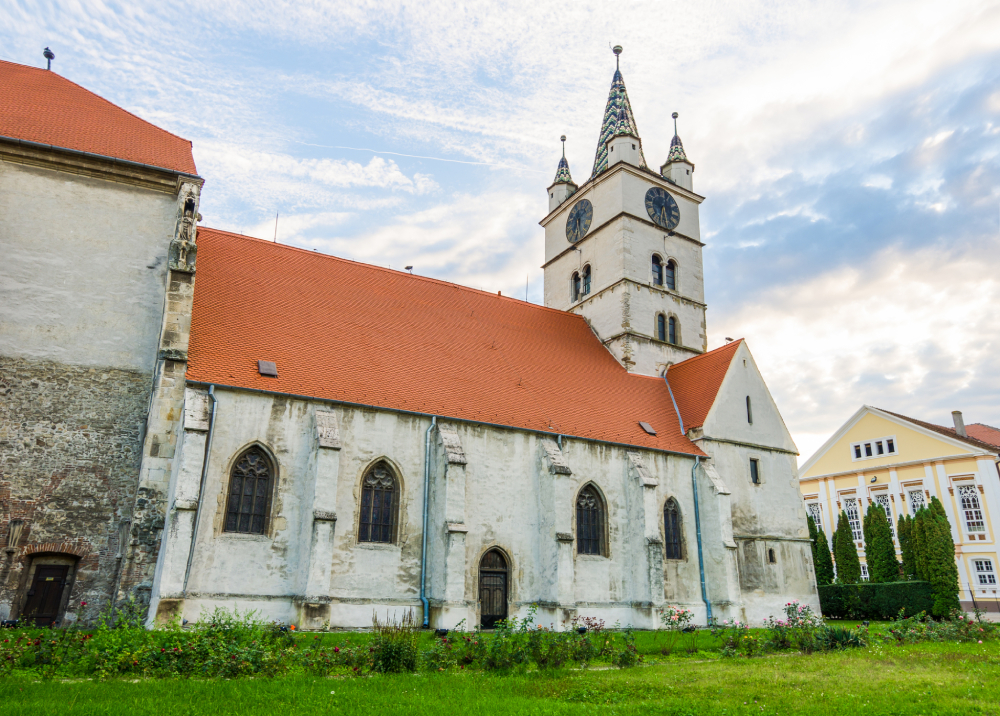
During the middle ages Sebes was actually a bustling political and economic center for the region. It was originally a Dacian settlement, but later was adopted by the Roman Empire. In between these two changes of power, the Saxons established the city in the 12th century.
This thriving citadel was a Saxon town and so it was celebrated for its crafts and trade. If you visit today, you should see the Sebes Evangelical Lutheran Church. It was built in the 12th century and has a massive bell tower that you can walk to the top of, giving you an amazing view of the entire city. Also in the city is a 14th century Fortress and the 15th century Zapolya House. This is such a gorgeous city that has so much to offer!
6. Bucharest
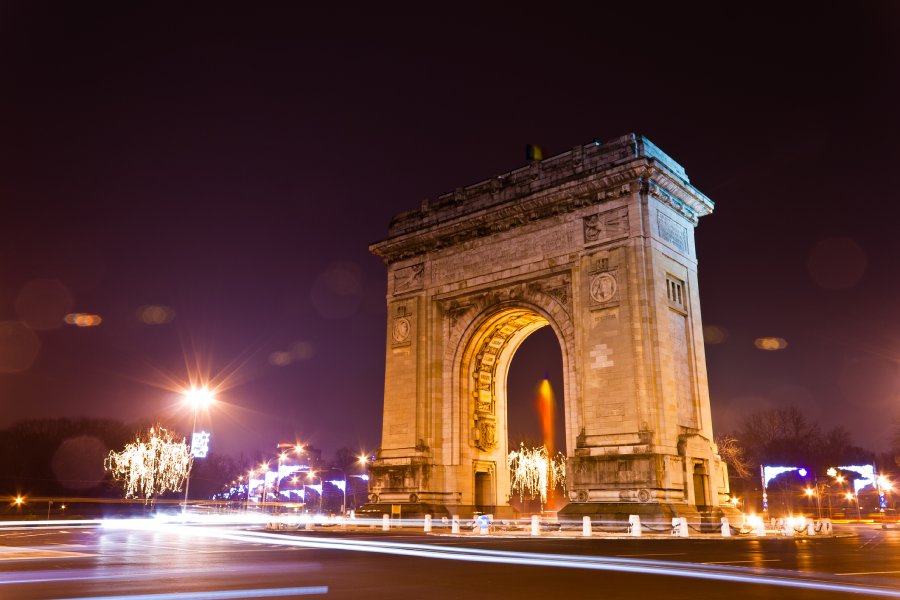
If you are visiting Romania for the first time, it is likely that Bucharest is already on your list – if it isn’t, then it should be! Bucharest is the capital of Romania and the biggest city in the country.
Its nickname is “Little Paris,” in part because the city has a mini Arc de Triomphe (or Arcul de Triumf in Romanian) and because of the beautiful architecture, it makes you feel like you are walking down the streets of Paris.
The city is stylish and modern with tons of shopping and cute cafes, but there is also plenty of history, old palaces and amazing museums. And even though Bucharest is still a very modern city, you can walk through the city and see the gothic architecture, the communist architecture and so on.
7. Sighisoara
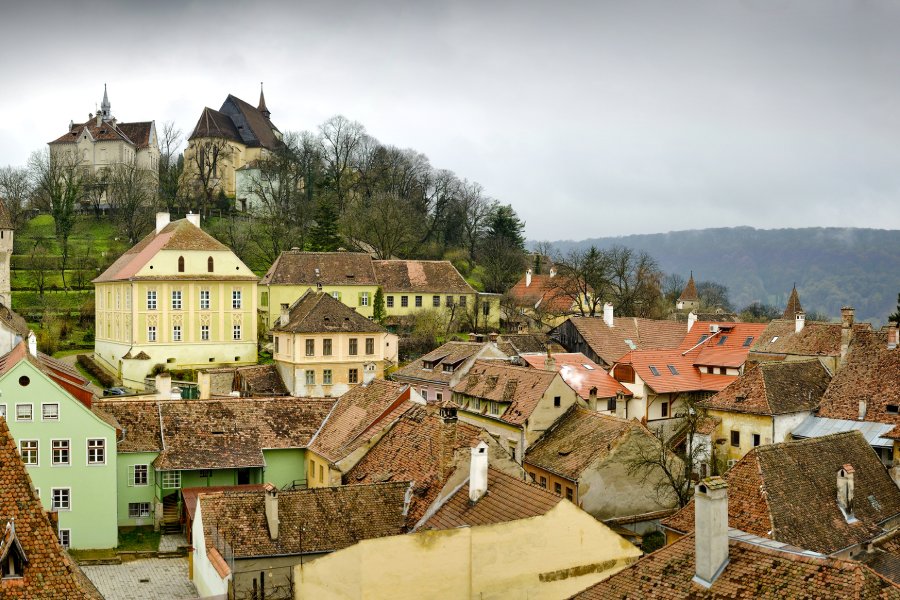
If you want to see the house where the “real” Dracula was born – we’re talking about Vlad the Impaler – head over to Sighisoara. It is a quant medieval town located in the middle of Romania. His house is located on Tin Street No.1, between the Citadel square and the clock tower.
It is a small place, but you can eat at the restaurant located on the ground floor and afterwards head up to the weapons museum on the floor above. Even if you are not interested in seeing Vlad the Impaler’s house, this city is on UNESCO’s prestigious list and it is one of the most beautiful inhabited citadels in Europe.
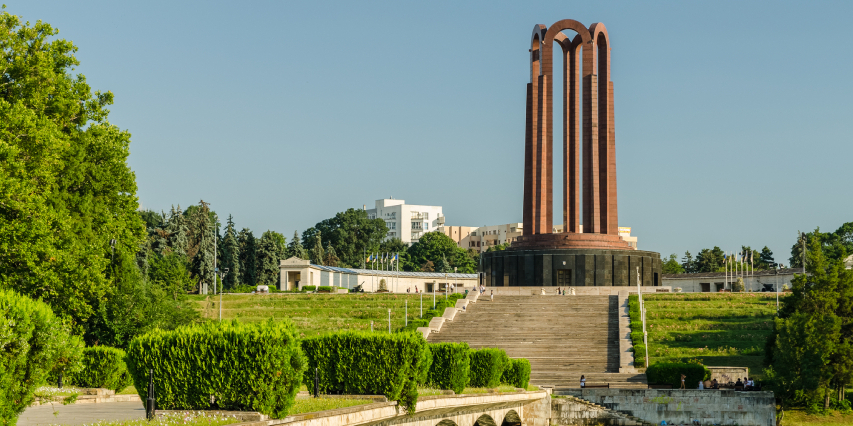
 ES
ES
 IT
IT
 DE
DE
 FR
FR
